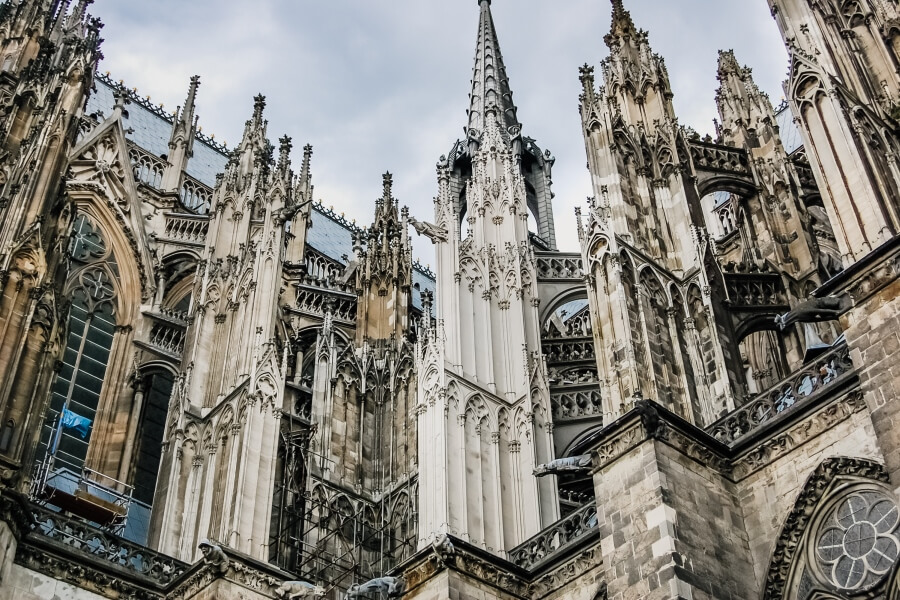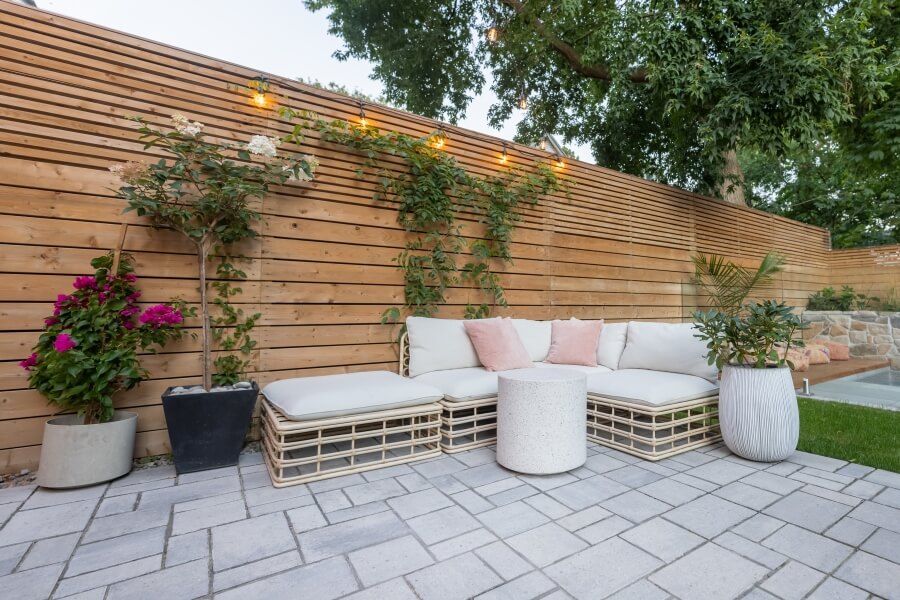
The Constant Struggle
One of the biggest struggles that design faces is how to make me more excited but still keep it rather true to the original intent, and budget.
Functional design refers to the process of creating a product or system with a focus on how well it meets its intended purpose or function. The primary goal of functional design is to ensure that a product not only looks good but also performs effectively and efficiently, meeting the needs and expectations of its users. This design approach is commonly applied in various fields, including industrial design, software engineering, architecture, and more.

Folly Design: typically refers to a decorative and often whimsical structure or architectural element that serves no practical purpose. Follies are primarily ornamental and are characterised by their eccentric, unusual, or fantastical designs. They are typically found in gardens, parks, or landscaped areas and are meant to add visual interest, stimulate the imagination, or provide a point of focus. Follies are often constructed for artistic or decorative purposes rather than functional use.

The Big Challenge
When does a designer make the choice, to create something stream line and true to it’s purpose, and when does a design add embellishment to get it to a higher-end status? Perhaps, the truth is…both? Here are a few ways to add some additional flare to your design, without it becoming too over-the-top
Think in Colour and Pattern
After coming up with a working schematic of the layout, this is where designer start thinking about the colour, the pattern, the flow and the mood of the final product. For example, when coming up with a patio, It doesn’t take much effort to use all one colour interlocking. Original intent: do you have a patio now? Yes. Functional. Is it exciting: Perhaps Not. Here are a few things to make something more fun
- Play around with different stone arrangement.
- Try out different paver options amount the same space
- Can you create a diamond pattern in the space? What about a circle? Oh! Perhaps you can draw a north arrow on your patio!

Time to Light Things Up
Landscape lighting offers several benefits, both practical and aesthetic. Here are some of the key advantages:
- Function wise, they provide a much safer environment as it helps to prevent accdients by illuminating potential hazards such as where steps are, where a pathway curves, or a general chance in elevation. This also eliminates any dark corners; elevating the stress of the unknown and unseen.
- Fun Fact: Many night animals actually hate lights, especially flashing ones, so this doubles as a critter control
- As an embellishment, use lighting to showcase specific features of your landscaping, such as trees, sculptures, water features, or architectural elements. This not only adds visual interest but also draws attention to the elements you want to emphasize.

Think Green!
Trees in a garden can serve as functional pieces in various ways, contributing to both the aesthetics and practical aspects of the outdoor space. Here are several ways in which trees can act as functional elements in a garden:
- One of the most practical functions of trees in a garden is providing shade. Trees with a wide canopy offer relief from the sun, creating cooler and more comfortable areas for outdoor activities. This can be particularly beneficial during hot summer months.
- Trees, especially those with dense foliage, can act as natural privacy screens. Planted strategically along property lines or near outdoor living spaces, trees create a sense of seclusion and enhance privacy for homeowners.
- Tall and sturdy trees can act as effective windbreaks, helping to reduce the impact of strong winds. This is especially valuable in open areas or regions prone to windy weather.
- Trees can serve as a natural barrier to absorb and deflect sound, helping to reduce noise from nearby roads, neighbors, or other sources. This can contribute to a quieter and more peaceful garden environment.
- As an aesthetic: Trees with interesting foliage, blossoms, or bark can add visual interest to the garden throughout the seasons. This contributes to the overall beauty and dynamic nature of the outdoor space.

Summary
Next time you are designing a space, think first from the perspective of it being functional, then as you slowly work out the details, this is where you add in the fun embellishment.



